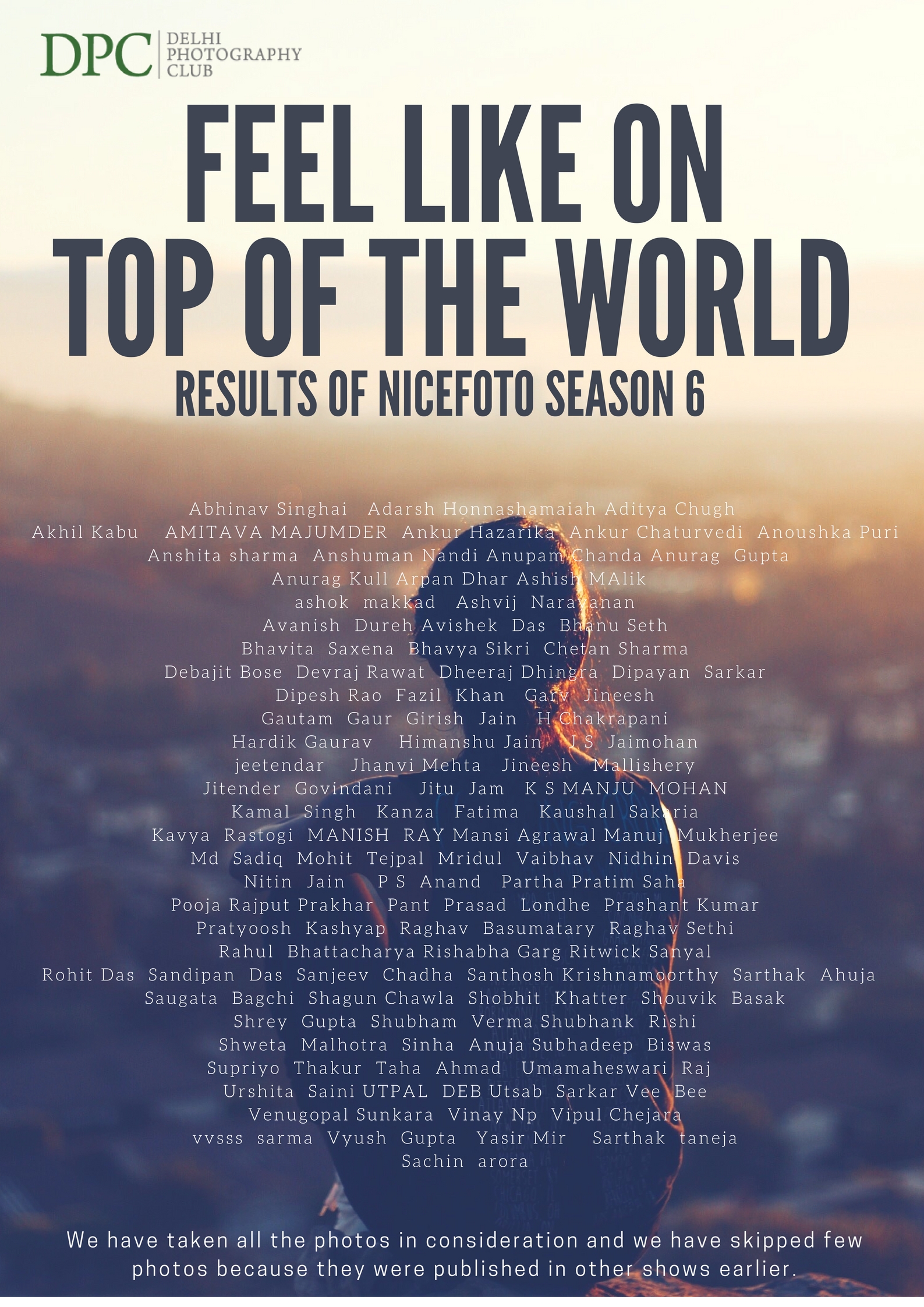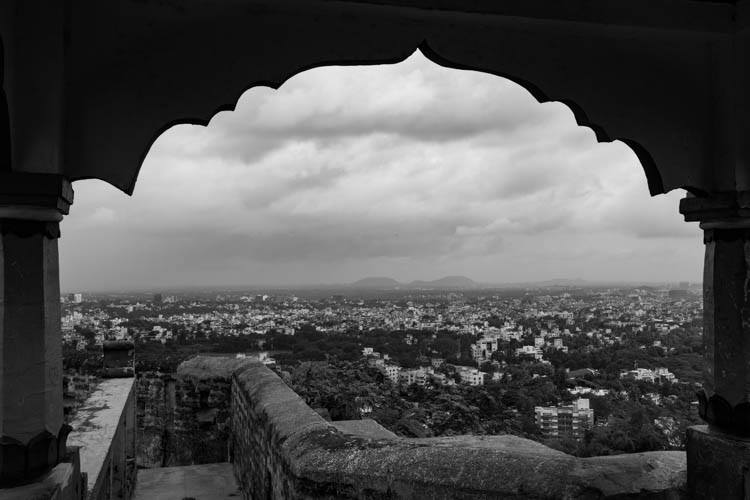Outstanding Universal Value
Keoladeo National Park, located in the State of Rajasthan, is an important wintering ground of Palaearctic migratory waterfowl and is renowned for its large congregation of non-migratory resident breeding birds. A green wildlife oasis situated within a populated human-dominated landscape, some 375 bird species and a diverse array of other life forms have been recorded in this mosaic of grasslands, woodlands, woodland swamps and wetlands of just 2,873 ha. This ‘Bird Paradise’ was developed in a natural depression wetland that was managed as a duck shooting reserve at the end of the 19th century. While hunting has ceased and the area declared a national park in 1982, its continued existence is dependent on a regulated water supply from a reservoir outside the park boundary. The park’s well-designed system of dykes and sluices provides areas of varying water depths which are used by various avifaunal species.
Due to its strategic location in the middle of Central Asian migratory flyway and presence of water, large congregations of ducks, geese, coots, pelicans and waders arrive in the winter. The park was the only known wintering site of the central population of the critically endangered Siberian Crane, and also serves as a wintering area for other globally threatened species such as the Greater Spotted Eagle and Imperial Eagle. During the breeding season the most spectacular heronry in the region is formed by 15 species of herons, ibis, cormorants, spoonbills and storks, where in a well-flooded year over 20,000 birds nest.
The Keoladeo National Park is a wetland of international importance for migratory waterfowl, where birds migrating down the Central Asian flyway congregate before dispersing to other regions. At time of inscription it was the wintering ground for the Critically Endangered Siberian Crane, and is habitat for large numbers of resident nesting birds. Some 375 bird species have been recorded from the property including five Critically Endangered, two Endangered and six vulnerable species. Around 115 species of birds breed in the park which includes 15 water bird species forming one of the most spectacular heronries of the region. The habitat mosaic of the property supports a large number of species in a small area, with 42 species of raptors recorded.
Integrity
This is the only park in India that is completely enclosed by a 2 m high boundary wall that minimises the possibilities of any encroachment and biotic disturbances, but there is no possibility of a buffer zone. As the wetlands of Keoladeo are not natural, they are dependent on the monsoon and on water pumped in from outside, traditionally provided from the “Ajan Bandh” reservoir. The water shortage caused by the erratic rainfall in the region is being addressed by initiating two large water resources projects that will bring water from permanent water sources in the region. There has been some concern expressed over possible air and water pollution effects from the adjacent city of Bharatpur, but these effects are unknown at present.
Through eco-development activities in the surrounding villages, the grazing of cattle within the park has been minimised and the local communities are also engaged in participatory resource conservation, which includes removal of invasive alien species. Keoladeo attracts many visitors who are taken for bird watching in bicycle rickshaws by trained local guides from surrounding villages, which provides additional livelihoods as well as reduces noise pollution.
A recently started conservation programme for the 27 satellite wetlands surrounding this park has further enhanced the protection of the migratory waterfowl arriving in the Central Asian flyway to winter in Western India.
Here are the trip details
DPC’s is announcing next Photo bus trip to Bharatpur Bird Sanctuary / Keoladeo National Park a paradise for the avian world and a pilgrimage for the bird lovers. This is going to be a 2 day/ 1 night stay in Bharatpur photo capture trip to take some breathtaking photos, learn photography from peers, and be your creative self 24×7 leaving office and work behind!
The details for this trip are as follows:
We are traveling by road.
14th January (Saturay):
Travel Details: Leave Delhi for Bharatpur
Meeting Place: IIT Delhi, main gate
Timings: 5.00 am (pls be there 15mins prior to departure)
Breakfast on the way to Bharatpur
Reach Bharatpur checking in at Guest House and after Lunch rushing to National Park and clicking till the sunset dinner.
15th January (Sunday):
Early morning getting ready for the Photographing through the day at National Park
Coming out of the park for lunch
Start back at 6.00 after the sunset .
Dinner on the way
Other Important Details:
Stay: will be on twin sharing basis in a home stay environment.
Mode of Travel: We will be travelling by 12 seater tempo Traveller.
Meal: Simple vegetarian meals will be provided by the club.
Fee (per person): Rs 5000/- and rs.4600/- for members (including registration fee). Fee includes travel & group transfers, stay & meals, ticket to part and rickshaw ride in the sanctuary are not included in this, Because we are planning to walk.
Please note: Ticket for camera is not included.
Village.
Please note:
1.If for any reason you are not able to come, the registered amount is non-refundable and Non transferable.
For clarifications and/or communication, please contact Virendra Singh 8826712162






























